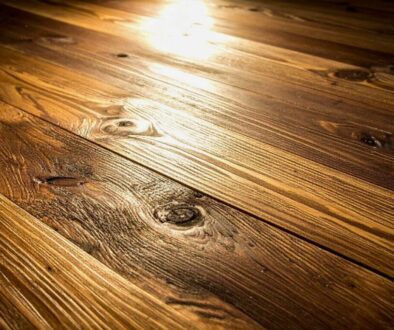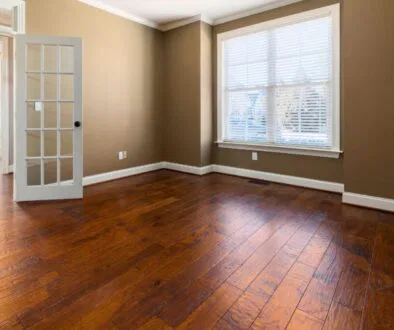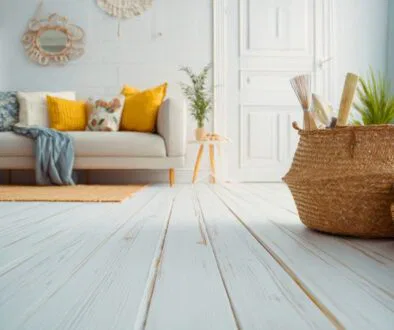Protect Your Floors: How To Clean Unsealed Wood Floors
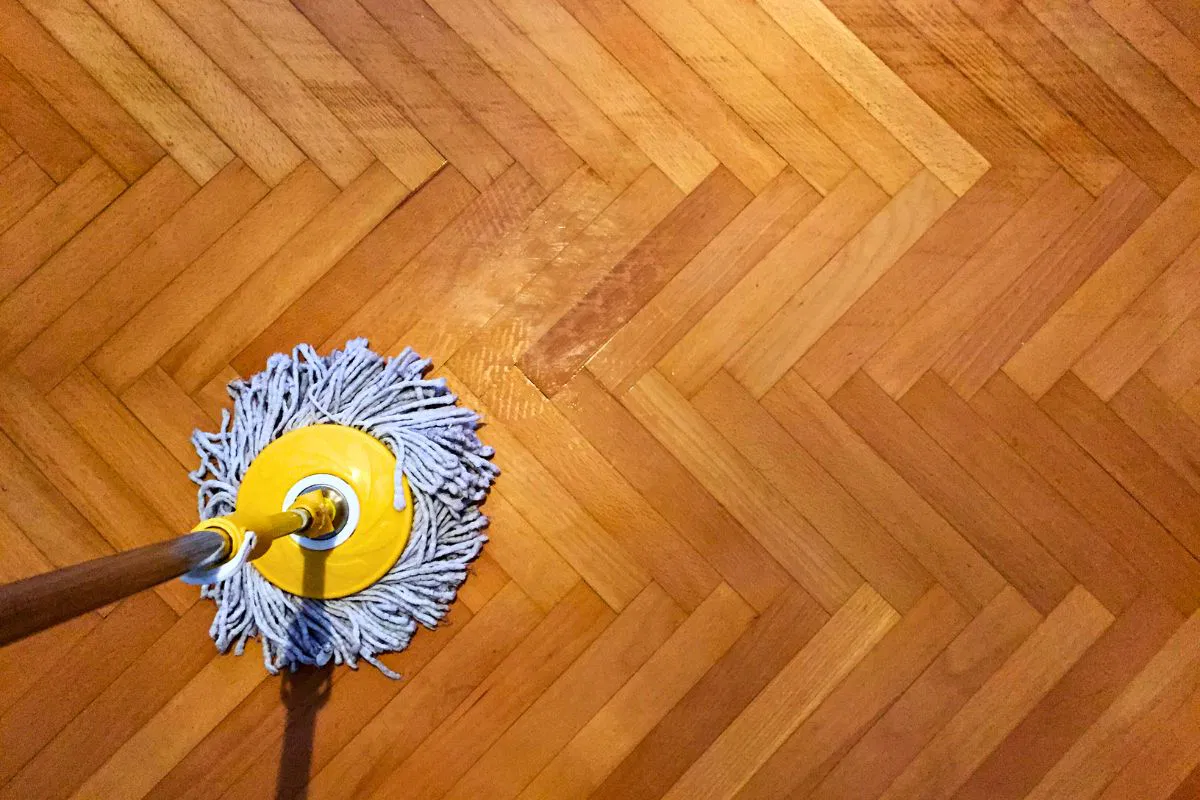
Published July 17, 2025
Unsealed wood floors add natural warmth and charm to your home. However, without a protective finish, they’re prone to stains, scratches, and wear. Neglecting proper care can quickly lead to costly damage, diminishing their beauty over time. Learning how to clean unsealed wood floors the right way is essential to preserve their timeless appeal and keep them looking their best.
In this article, we’ll walk you through how to clean unsealed wood floors safely and effectively. We’ll also look into practical tips and strategies for long-term preservation.
What Are Unsealed Wood Floors?
Unfinished or unsealed floors are hardwood surfaces that lack a protective top layer, such as lacquer, polyurethane, or varnish. As a result, they’re more porous, making them susceptible to water damage and staining. While their raw, natural look adds charm and character, unsealed hardwood floors demand a more careful cleaning routine.
Unsealed wood floors are often made from reclaimed or antique timber. These materials are prized for their character and authenticity. Companies like Vintage & Specialty Wood offer high-quality reclaimed wood flooring. Their products add timeless charm to any space.
Sealed Vs. Unsealed Wood Floors: What Sets Them Apart
The key difference lies in the protective finish. Sealed wood floors have a protective layer that resists water and stains. They’re easy to clean with water and mild cleaners. Unsealed wood absorbs liquids quickly. It needs extra care during cleaning to avoid moisture damage.
The Importance Of Cleaning Unsealed Wood
- Protects against damage: Regular cleaning removes dirt and debris. This helps prevent scratches and damage to unsealed wood.
- Preserves aesthetic appeal: Regular maintenance keeps your floors looking great. It enhances their natural beauty.
- Promotes hygiene: Unsealed wood can harbor dust, grime, and bacteria if neglected. Proper cleaning ensures a safer, more comfortable living space.
How To Clean Unsealed Wood Floors Safely
Knowing how to clean unfinished wood floors is crucial to preserving their natural charm and preventing damage. These floors are more sensitive to moisture and chemicals than sealed ones. Gentle but effective cleaning is a must. To preserve their beauty and integrity, follow these steps.
Step 1 — Dust And Sweep Regularly
Consistency is key to preserving unsealed wood floors. Dust and dirt, if left unchecked, can act like sandpaper, gradually wearing down the wood’s surface. Utilize a soft-bristled broom or a microfiber mop to sweep the floors daily, preventing debris buildup. For hard-to-reach crevices, a vacuum with a hardwood-safe attachment works wonders.
Step 2 — Clean With A Damp, Not Wet Mop
Unsealed wood is highly absorbent, making water its worst enemy. To clean safely, use a lightly dampened microfiber cloth or mop, ensuring it’s thoroughly wrung out to avoid excess moisture. Never leave standing water on the surface, as it can lead to warping or swelling. A gentle approach will keep your floors in excellent condition.
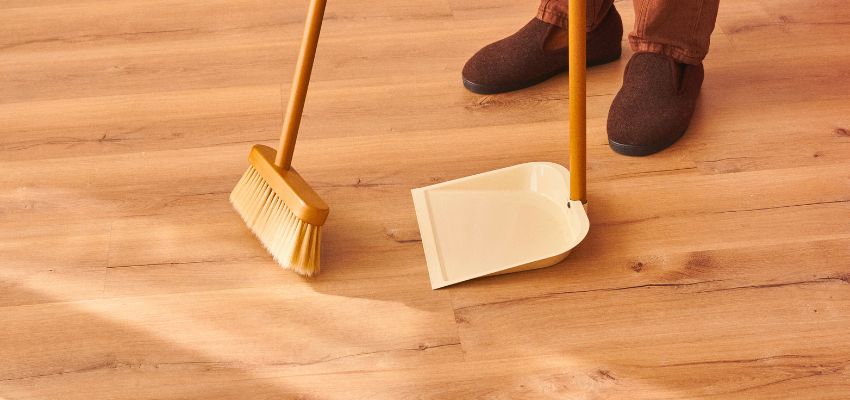
Step 3 — Select The Best Cleaner For Unsealed Wood
When cleaning unsealed hardwood floors, avoid harsh chemicals that can strip their natural oils. Instead, opt for gentle, natural solutions like a white vinegar mixture (1 cup of vinegar to 1 gallon of warm water). For added luster, you can use jojoba or linseed oil. Use these solutions sparingly and always conclude by wiping the surface with a dry cloth to get rid of any excess moisture.
Step 4 — Dry And Ventilate Properly
Good airflow is essential for removing lingering moisture. After cleaning, ensure the area is well-ventilated. Use fans or dehumidifiers if needed to help the wood dry thoroughly and prevent any potential damage caused by dampness.
Step 5 — Tackling Stubborn Dirt Or Stains
To remove localized stains, gently wipe the area with a soft, slightly moist cloth and a small amount of natural oil or a vinegar solution. Make sure to rub in the direction of the wood grain to avoid scratches. Steer clear of abrasive pads or brushes, as they can harm the raw surface.
What To Avoid When Cleaning Unsealed Wood
- Avoid steam mops and excess water: While steam mops may be effective on sealed wood floors, they can wreak havoc on unsealed surfaces. The mixture of high heat and humidity can cause warping, discoloration, and permanent damage.
- Skip harsh chemicals and abrasive tools: Chemical-heavy cleaners can strip away the natural beauty of wood, leaving behind stains and dullness. Likewise, abrasive tools can scratch and damage the surface. Opt for gentle, wood-safe solutions to maintain your floors.
- Prioritize routine maintenance: Neglecting regular care allows dirt and debris to build up, making cleaning more challenging over time. Keep your floors looking great with regular sweeping. Use natural oils occasionally to polish and boost their charm and durability.
Expert Tips For Long-Term Floor Care
- Use rugs and furniture pads. Place rugs in high-traffic areas to reduce wear and tear, and use furniture pads to prevent scratches or dents when moving heavy items. These simple measures can go a long way in protecting your floors.
- Keep humidity levels consistent. Unsealed wood is sensitive to humidity changes, which can cause it to expand or contract. Utilize a humidifier or dehumidifier to manage moisture levels effectively. Keep them stable year-round, especially during extreme weather.
- Schedule professional cleanings. DIY cleaning works well for daily upkeep. But professional cleaning removes deep dirt and tough stains. Experts use tools and products made for unsealed wood to ensure a deep clean.
Frequently Asked Questions
Can I use vinegar on unsealed wood floors?
Vinegar is an effective natural cleaning agent when used appropriately. Combine 1 cup of white vinegar with 1 gallon of warm water. Use a lightly damp mop or cloth to clean the surface. Be sure to dry the floor right away to prevent moisture damage.
How can I tell if my floors are unsealed?
Unsealed wood has a raw, porous texture. To test, drop a small amount of water on the surface; if the water absorbs quickly, your floors are likely unsealed.
Is it safe to wax unsealed wood floors?
Yes, waxing can enhance the shine and offer some protection for unsealed wood. Opt for natural beeswax or a product specifically designed for unsealed floors. Apply sparingly and buff in a circular motion to avoid buildup.
What’s the best way to remove stains without damaging the wood?
For stains, use a cloth dampened with a vinegar-water solution or apply a natural oil like jojoba. Carefully scrub in the direction of the wood grain, avoiding excessive moisture or harsh scrubbing to prevent damage.
Should I consider sealing my floors in the future?
Sealing wood floors adds protection and extends their lifespan. It also makes maintenance easier. If it suits your needs, get in touch with a professional to find the best method for your flooring.
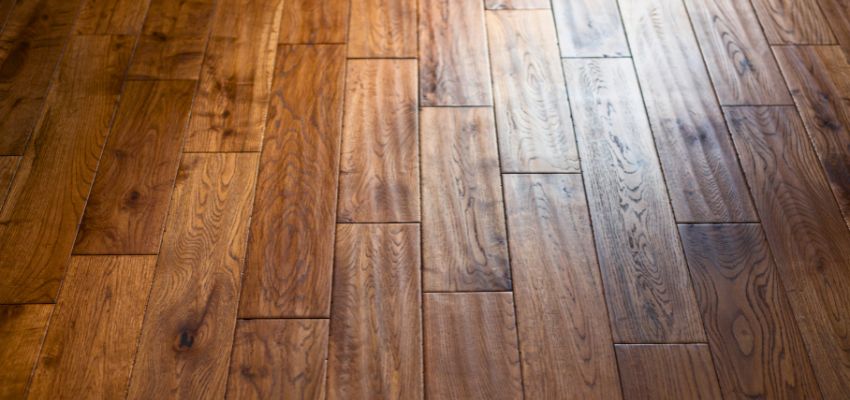
Clean With Care, Build With Character
Learning how to clean unsealed wood floors takes commitment and the right approach, but the results are well worth the effort. Follow these tips to keep your floors looking beautiful for years. Avoid harmful practices and use preventive measures. Proper cleaning is key to preserving their charm.
Explore sustainably sourced, reclaimed wood flooring and architectural timber at Vintage & Specialty Wood. Their premium selections create durable, authentic floors that last for generations.
Hire The Timber Experts For Your Next Project
Vintage & Specialty Wood should be your source of the highest quality timbers from around the world. When it comes to fabricating and installing reclaimed wood or specialty wood products in your home, we don’t cut corners. We offer many reclaimed wood and specialty wood products such as Douglas Fir, white oak, and much more. We also offer timber framing and wood flooring services as well. Contact our team today to speak to a timber expert about what Vintage & Specialty Wood can do for you.
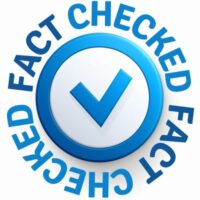
This Blog Is Fact Checked
This content has undergone meticulous fact-checking by our team of internal experts. Gain a deeper understanding of the high editorial standards we uphold on our website here.

About The Author
Experience, exploration, and knowledge are the hallmarks of writer Rei Bayucca. Her dedication to crafting articles that both inspire and educate will leave you thinking long after you’ve finished reading.

